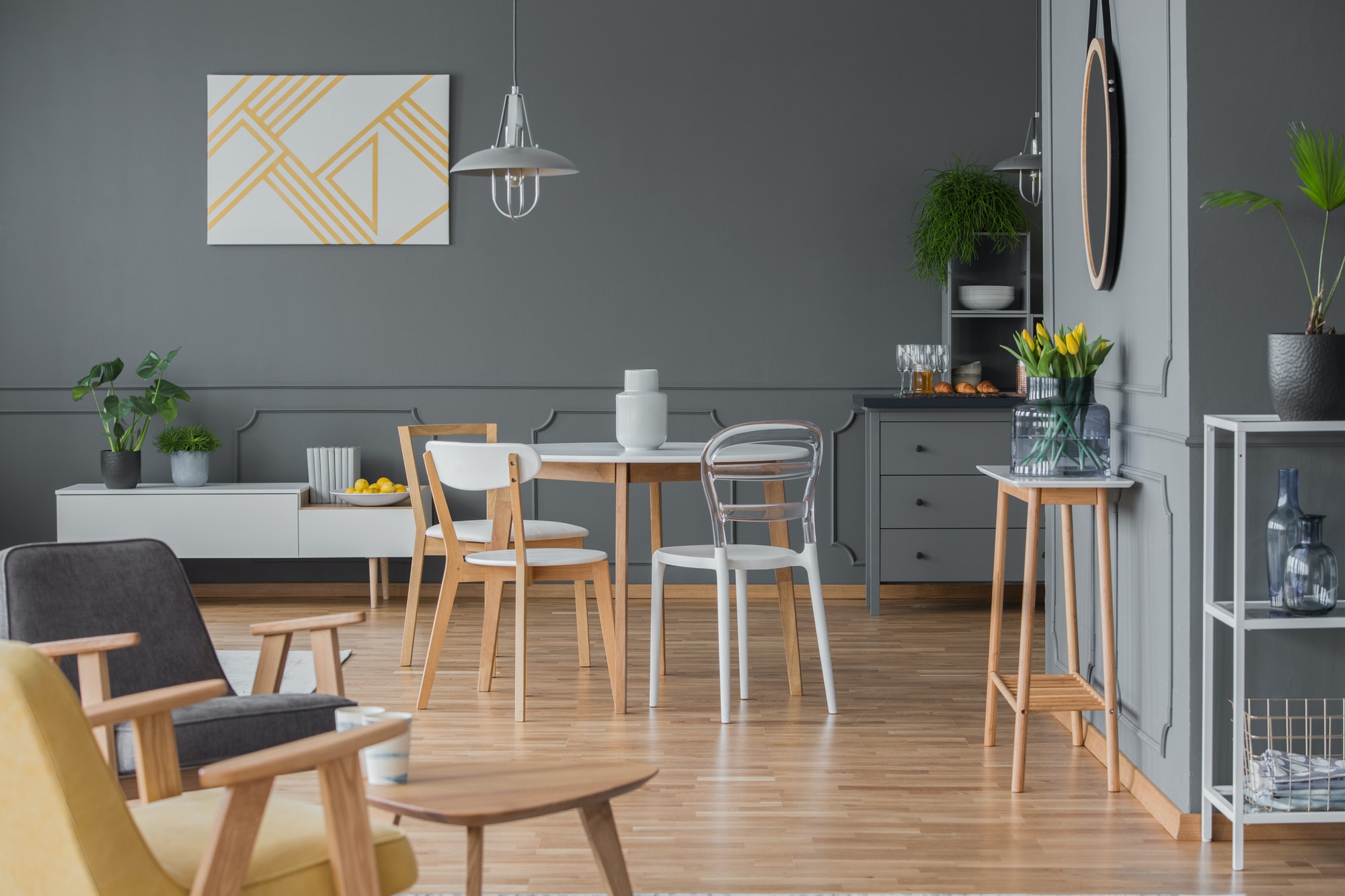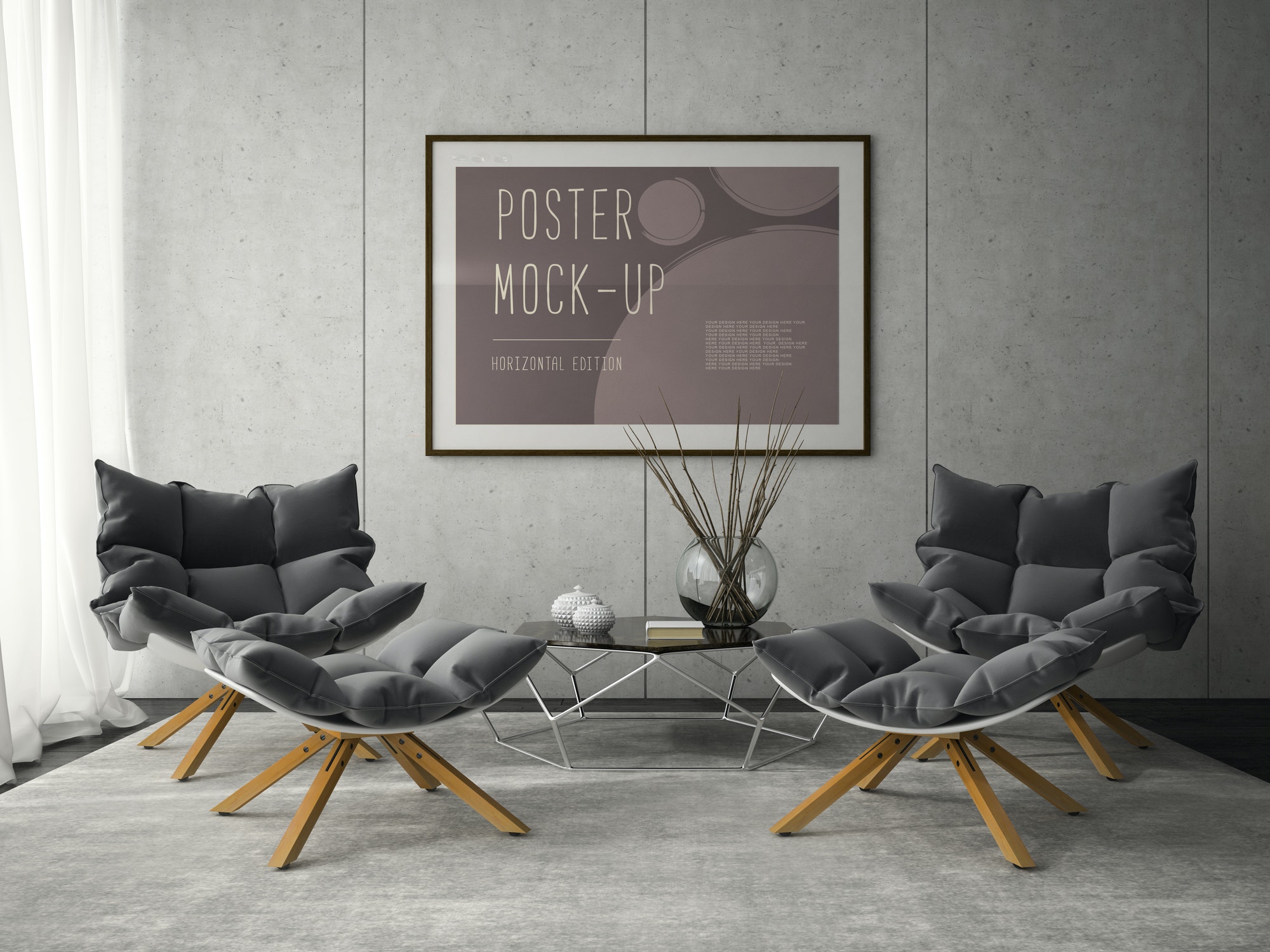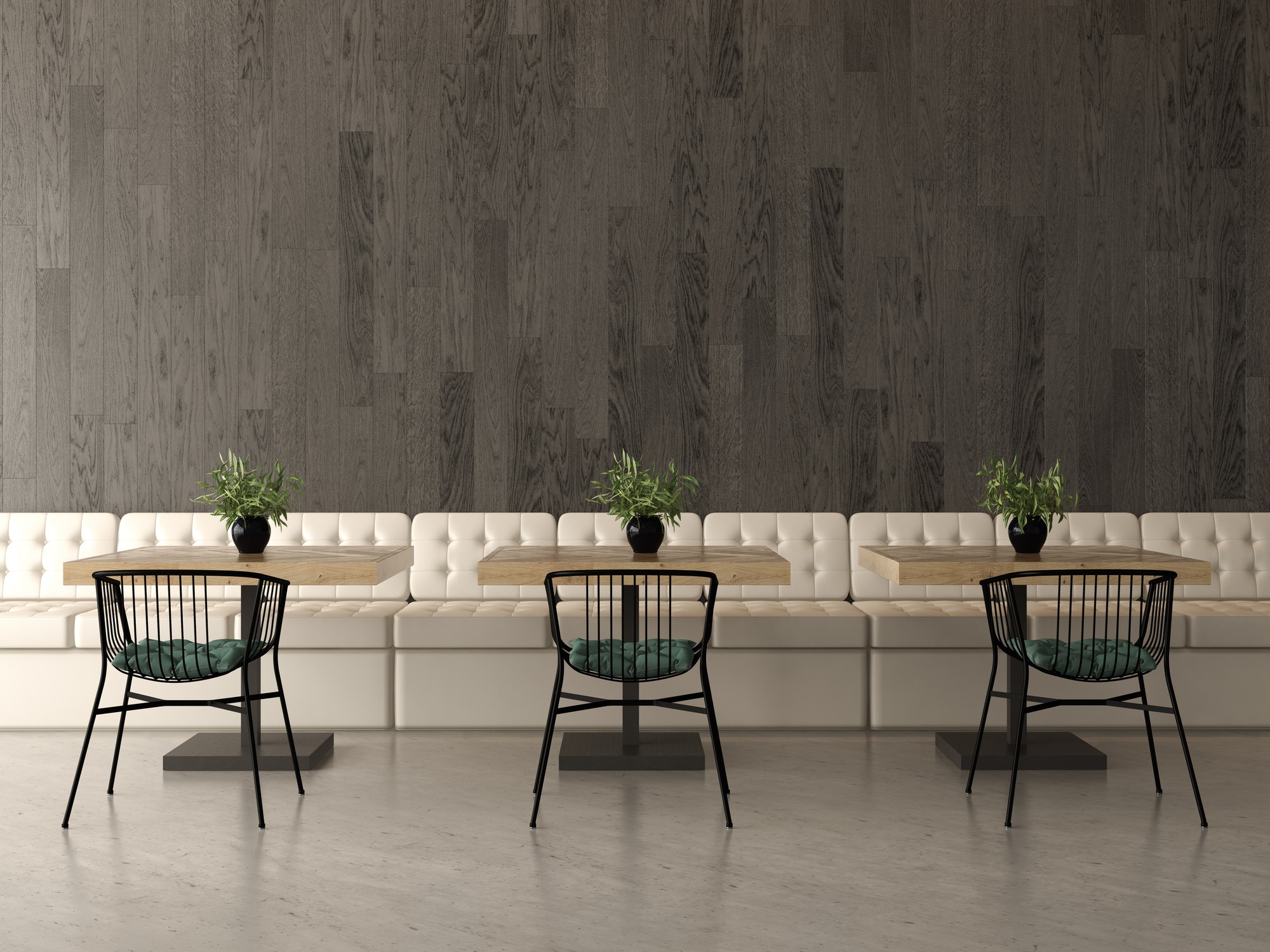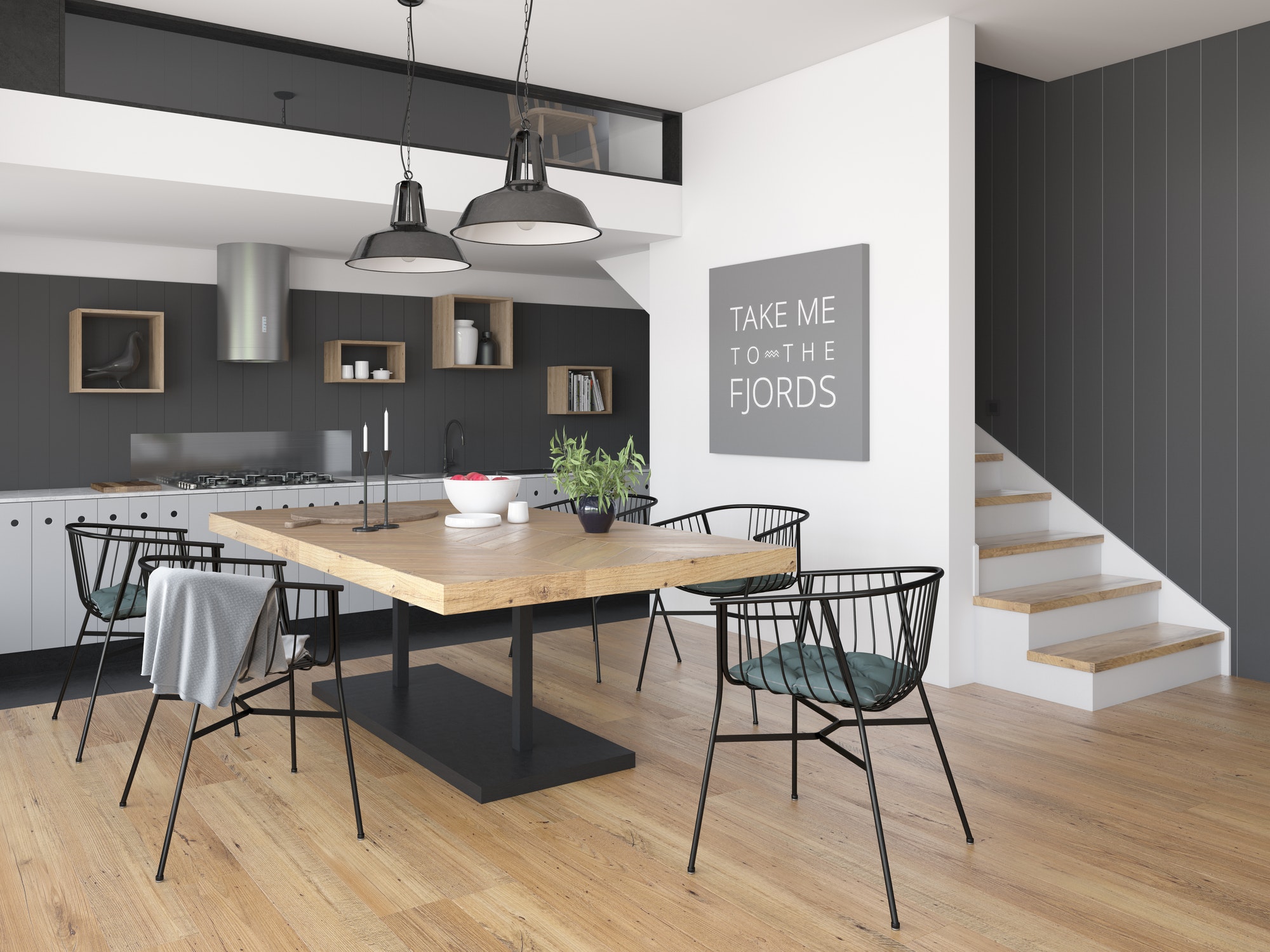An Interior Designer’s Journey in Balancing Creativity and Self-Defense

For those of us in the interior design world, striking a balance between getting lost in creative projects and designing an environment with one’s self-defense in mind can be difficult. To truly embrace both angles, you need to blend attention to detail, personal style, and tailored protection from possible harm or damage.
From crafting clever storage solutions to incorporating non-toxic decorative items into your space, studying how other designers navigate these two needs can provide valuable insight into how best to use creativity while staying safe and sound.
In this post, we’ll discuss the various ways that interior designers around the world are finding harmony between beauty and safety — letting inspiration flow full steam ahead without risking it all.
An Introspective Look at the Challenges of Being an Interior Designer
Every career path has its own set of challenges, and being an interior designer is no exception. Beneath the surface of creating and designing beautiful spaces lies a world of obstacles and hurdles that require a keen eye and a creative mind to overcome.
From dealing with demanding clients to managing budgets and timelines, interior designers must navigate a complex web of responsibilities and expectations. Additionally, they must constantly stay up-to-date on the latest design trends and technologies while balancing their artistic vision.
Despite the difficulties, however, the reward of seeing a project come to life and creating a living space that evokes emotion and joy is what keeps interior designers coming back for more. An introspective look at the challenges of this profession undoubtedly reveals a rollercoaster ride, but the journey is undoubtedly worth it for those with a passion for design.
The Creative Process and How to Defend it From Criticism
The creative process is a delicate and personal endeavor. Whether you are a writer, artist, or musician, your work reflects a piece of you that you’ve put out into the world for everyone to see. It’s a vulnerable place to be, and it can be a challenge to navigate criticism that comes your way.
However, the creative process is also a powerful force that allows us to express ourselves in unique ways and share our perspectives with others. To defend your creative process from criticism, it’s important to remember that not everyone will understand or appreciate your work, and that’s okay. Stick true to your vision and continue to create with passion and authenticity.
Embrace constructive feedback and use it to grow and improve, but also remember to stay true to your voice and stay confident in your abilities. With patience, persistence, and dedication to your craft, you can overcome any criticism that comes your way and continue to create amazing work.
Balancing a Client’s Vision With Your Design Aesthetic
As a designer, it can be tricky to strike a balance between bringing your unique aesthetic to a client’s project while also honoring their vision. However, it is crucial to remember that the result should be a collaborative effort that both you and the client can be proud of.
It’s important to actively listen to the client and understand what they want to achieve with the design, while also incorporating your expertise and vision into the project. By blending the client’s desires with your creative flair, you can create a finished product that is both visually appealing and meets the client’s goals.
The key is to approach every project with an open mind and a willingness to compromise to make the client’s vision a reality.
Re-evaluating Your Goals in Design to Achieve Greater Success
If there’s one certainty in life, it’s that change is inevitable. This applies to our personal and professional goals, and it’s particularly true in the world of design. Technology advances, trends come and go, and client needs shift. That’s why it’s important to take a step back and re-evaluate your goals regularly.
Doing so can help you stay relevant, motivated, and successful in your design practice. By assessing where you are, where you want to be, and what you need to get there, you can make informed decisions about your career and design objectives.
So, whether you need to update your skills, focus on a new niche, or redefine your measures of success, taking the time to re-evaluate your goals will help you achieve greater success and fulfillment in your design career.
Learning to Appreciate Creative Critiques Without Doubting Yourself
When it comes to receiving creative critiques, it can often feel like a personal attack on our abilities as artists and creators. However, it’s important to shift our perspective and view critiques as opportunities for growth and improvement.
By learning to appreciate creative critiques, we can not only enhance our current works but also develop new skills and techniques that will elevate our future creations. It’s important to remember that receiving critiques is not a reflection of our worth or potential, but rather a fundamental part of the creative process.
So the next time someone offers a critique, embrace it with an open mind and see how it can help you become an even better and more confident creator.
Understanding that Self-Defense is Not Always Necessary for Creativity
Creativity is often viewed as a means of self-expression, but it can also be a powerful tool for personal growth and understanding. When it comes to navigating the complexities of creativity, understanding that self-defense is not always necessary is a crucial step.
Rather than focusing on protecting one’s vision or artistic voice from outside influences, embracing the potential for collaboration and exploration can lead to new and unexpected avenues for creative expression.
At times, letting go of the need for self-defense can even catalyze innovation and expansion. By shifting our mindset from protection to openness, the possibilities for creativity are endless.
Other forms of self-defense
Such as self-care and mindful awareness, can also be useful for navigating the creative process. Not only are they important for maintaining physical and mental health, but they can also be essential for protecting yourself from burnout and creative blocks that can arise when working on a project. Taking the time to practice self-care can help you stay energized and productive, as well as boost your creativity.
The Role of Firearms in Personal Protection
Another way to protect yourself in self-defense is to learn how to use firearms. While you aren’t going to move around shooting people, it wouldn’t hurt to know how to fire a gun.
You can even use the firearm for hunting if you’re interested in pursuing the pastime or become a firearm collector. Simply visit relevant sites like minutemanreview.com to find your preferred gun and accessories like triggers. If you’re looking for a gun with triggers for competitive shooting, go for the AR15 rifle.
Learning the basics of self-defense can help to protect yourself from harm. When it comes to creativity, safety, and security are necessary for success. Taking the time to invest in yourself and your creative process will ensure that you stay safe, productive, and inspired no matter what obstacles come your way.
Throughout this post, I’ve explored the craft of interior design and the many challenges it brings – from managing a creative process to dealing with critiques without doubt or defense. As an interior designer, I would urge you to take time to reflect on your own current goals and desires within the industry.
This reflection may lead you to examine how you use creative freedom in projects, how you accept feedback without second-guessing yourself, and what changes need to be made for more successful outcomes.
No matter where you are on your journey as an interior designer, remember that focusing on personal development and creating opportunities for growth instead of self-defense will help ensure creativity stays alive while making sure critical feedback can be used constructively.







